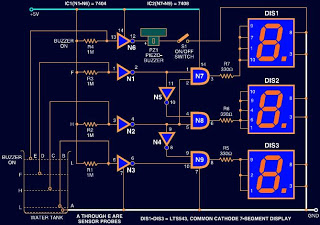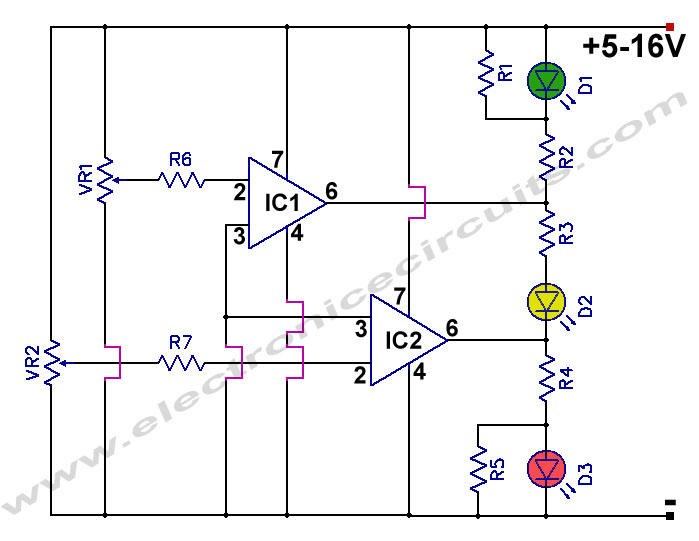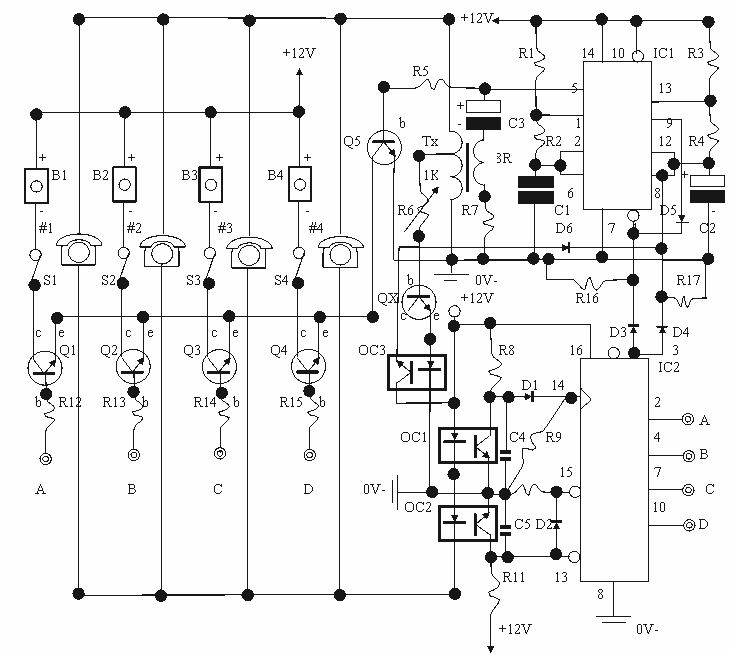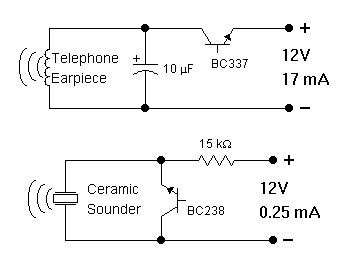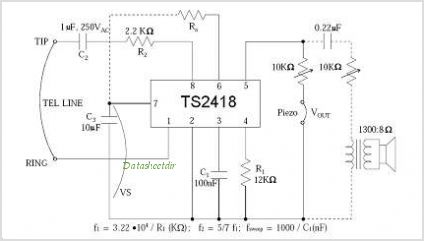
Telephone off-hook indicator
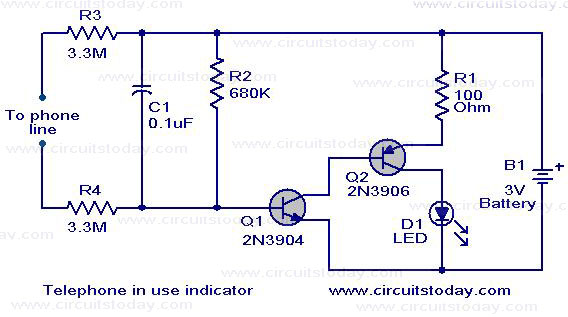
The circuit shown here serves as an indicator for when a telephone receiver is off-hook. It can be integrated with older telephone models that lack this feature. The circuit employs a complementary Darlington pair consisting of Q1 (2N3904) and Q2 (2N3906) to detect the off-hook status of the receiver, illuminating an LED to indicate this condition.
The circuit utilizes a complementary Darlington pair configuration to amplify the current generated when the telephone receiver is lifted off the hook. The 2N3904 NPN transistor (Q1) and the 2N3906 PNP transistor (Q2) work in tandem to provide high sensitivity and low power consumption.
When the telephone receiver is off-hook, the current flows through the telephone line, activating Q1. This, in turn, allows current to flow to Q2, which drives the LED. The LED serves as a visual indicator, illuminating to signal that the receiver is in use.
The circuit can be powered from the telephone line itself, which typically supplies a small voltage sufficient for the operation of the transistors and the LED. Resistors may be used to limit the current through the LED and to set the biasing conditions for the transistors, ensuring they operate within their safe limits.
In summary, this circuit provides a practical solution for older telephone systems, enhancing functionality by adding an off-hook indicator without requiring significant modifications to the existing setup. It exemplifies a straightforward yet effective application of transistor technology in telecommunication devices.The circuit depicted here can be used as an indicator when the telephone receiver is off-hook. The circuit can be in corporated with old telephones that does not have such an indicator. The circuit uses a complementary darling to pair using Q1 (2N3904)and Q2 (2n3906) to sense whether the receiver is off hook and glows a LED to show the condition. 🔗 External reference
The circuit utilizes a complementary Darlington pair configuration to amplify the current generated when the telephone receiver is lifted off the hook. The 2N3904 NPN transistor (Q1) and the 2N3906 PNP transistor (Q2) work in tandem to provide high sensitivity and low power consumption.
When the telephone receiver is off-hook, the current flows through the telephone line, activating Q1. This, in turn, allows current to flow to Q2, which drives the LED. The LED serves as a visual indicator, illuminating to signal that the receiver is in use.
The circuit can be powered from the telephone line itself, which typically supplies a small voltage sufficient for the operation of the transistors and the LED. Resistors may be used to limit the current through the LED and to set the biasing conditions for the transistors, ensuring they operate within their safe limits.
In summary, this circuit provides a practical solution for older telephone systems, enhancing functionality by adding an off-hook indicator without requiring significant modifications to the existing setup. It exemplifies a straightforward yet effective application of transistor technology in telecommunication devices.The circuit depicted here can be used as an indicator when the telephone receiver is off-hook. The circuit can be in corporated with old telephones that does not have such an indicator. The circuit uses a complementary darling to pair using Q1 (2N3904)and Q2 (2n3906) to sense whether the receiver is off hook and glows a LED to show the condition. 🔗 External reference
